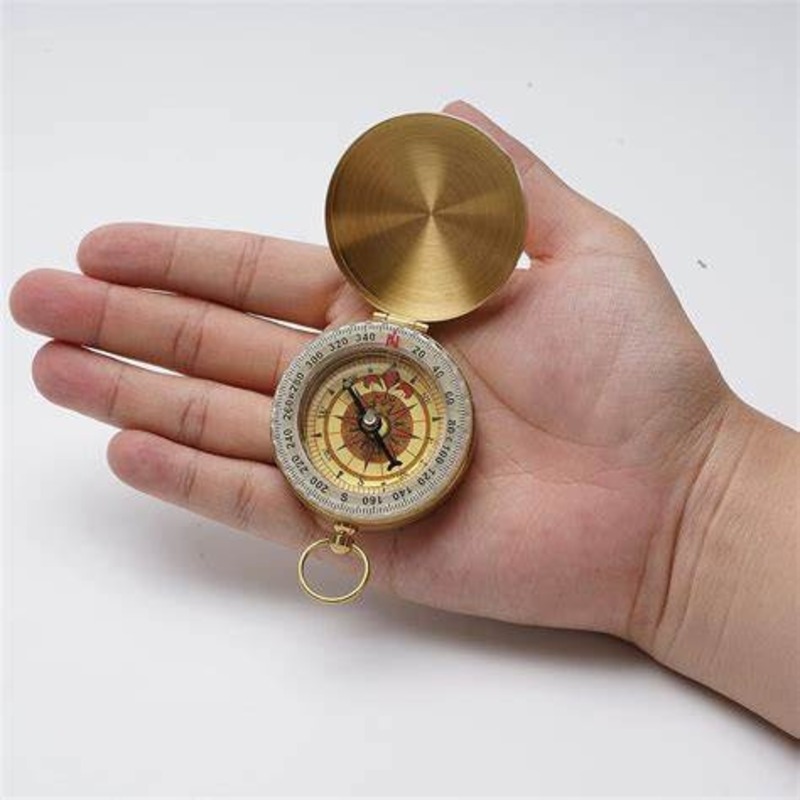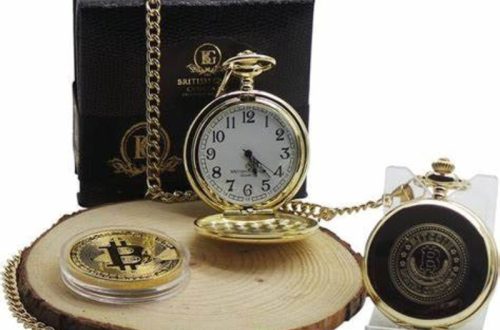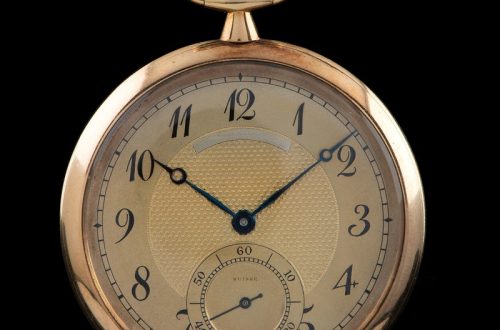The Historical Development of Pocket Watch Compasses
The pocket watch compass tells a rich historical tale. Its origins date back to the late 19th century. This was a time when navigation and precise timekeeping were growing in importance. The invention of the pocket watch compass met both these needs in one device.
In the early days, sailors and explorers used these tools to chart courses. The pocket watch compass became a symbol of adventure and exploration. Craftsmen of the era took pride in combining functionality with elegance. They often made these items from fine materials such as gold and silver.
Through the years, the design of pocket watch compasses evolved. They became more accurate and easier to use. During World War I and II, soldiers relied on them to find their way in unknown territories. Their reliability in the harshest environments was unquestionable.
Post-war, the demand for pocket watch compasses declined. Advancements in technology led to more sophisticated navigational tools. However, the charm and utility of the pocket watch compass have endured. Today, they remain a cherished item among collectors and enthusiasts of historical navigation devices. The pocket watch compass stands as a testament to human ingenuity in mastering time and space.
Key Features of Pocket Watch Compasses
The pocket watch compass is not just a timepiece. It’s a fusion of innovation and utility. Here’s what sets it apart:
- Precision Engineering: These devices offer precise timekeeping and reliable directional guidance. They often feature intricate internal mechanisms, reflecting top-notch craftsmanship.
- Durability and Quality: Made with materials like gold, silver, or brass, pocket watch compasses are built to last. These materials ensure both the aesthetic appeal and the resilience necessary for rough navigation.
- Portability: As the name suggests, their compact size allows for easy transport in a pocket. This makes them handy for travelers and explorers.
- Dual Functionality: Combining a watch and a compass, these units serve dual purposes. This makes them incredibly efficient for various tasks.
- Elegance: Their historical context gives them an elegant and classic charm. Pocket watch compasses often bear intricate designs and engravings that add to their allure.
- Ease of Use: With a simple glance, owners can ascertain the time and their direction. This immediate access to essential information was critical for past users.
- Collectible Value: Beyond their practical uses, pocket watch compasses hold significant collectible value. Enthusiasts treasure them for their historic and aesthetic worth.
Incorporating a pocket watch compass into your collection means owning a piece of history. It means appreciating the journey of navigational technology from its infancy to the modern GPS era. When selecting one, ensure you consider these core features alongside your personal requirements.
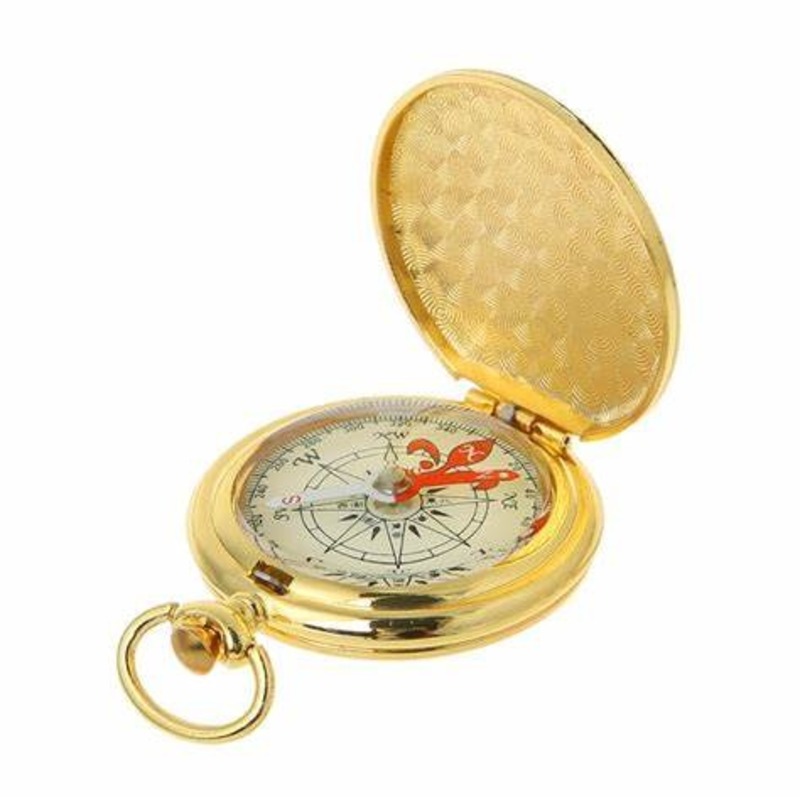
How Pocket Watch Compasses Work
Understanding how pocket watch compasses function is essential for collectors and enthusiasts. These remarkable devices blend mechanics and magnetics to guide their users. Here’s a basic overview of their operation:
- Magnetic Compass: At the heart of the pocket watch compass is a magnetic needle. It aligns itself to the Earth’s magnetic field, thus pointing to magnetic north. This simple principle has guided navigators for centuries.
- Balance Wheel: The timekeeping segment of the device operates using a balance wheel. This wheel oscillates back and forth at a steady rate. It regulates the movement of the hands of the watch, ensuring accurate time.
- Gearing System: Connecting the balance wheel to the hands of the watch is a series of gears. These gears translate the balance wheel’s oscillations into the minute and hour hands’ movements.
- Hinged Design: Many pocket watch compasses have a hinged cover. This cover protects the watch face and the compass needle. Users can flip open the cover to use the compass or check the time.
- Luminous Markings: For ease of use in low light, some compasses have luminous markings. This feature allows users to navigate and tell time in the dark or during adverse weather.
Pocket watch compasses are a blend of scientific principles and artistry. They function seamlessly to provide direction and time, all within a compact and portable design. Their enduring charm lies in this combination of form and function, which remains a marvel to both modern collectors and navigation enthusiasts alike.
Types of Pocket Watch Compasses Available Today
The market today offers a variety of pocket watch compasses to suit diverse tastes and needs. Let’s explore the main types you can find:
- Antique Replicas: These are modern recreations that mimic historic designs. They often capture the aesthetic of the original pieces, making them popular among enthusiasts who appreciate vintage style.
- Modern Variants: Crafted with contemporary materials, these compasses may include additional features such as waterproofing or digital enhancements. They cater to those who seek modern functionality with classic design elements.
- Custom Pieces: For those desiring a unique accessory, custom pocket watch compasses are available. Artisans can craft these to your preferences, allowing for personalized engravings or specific material use.
- Nautical-Themed Watches: Designed for maritime aficionados, these often come with nautical motifs and are built to withstand saltwater conditions. They serve as both functional tools and collector’s items.
- Military-Inspired Designs: Paying homage to their use in wartime, some modern compasses adopt a rugged, utilitarian design. They might incorporate durable materials and simpler, more readable displays.
- Collector’s Editions: Limited edition pocket watch compasses can be both a smart investment and a historical treasure. They usually feature intricate designs and are made in small quantities.
- Outdoor Adventure Models: Targeted at hikers and outdoor explorers, these compasses combine robust construction with easy-to-read interfaces and may come with additional outdoor survival features.
When considering a pocket watch compass for purchase, reflect on the type that best suits your intended use. Each type offers unique benefits, whether for practical use, aesthetic appeal, or collectible value. Ensure that you choose one that not only meets your functional requirements but also aligns with your personal style and interests.
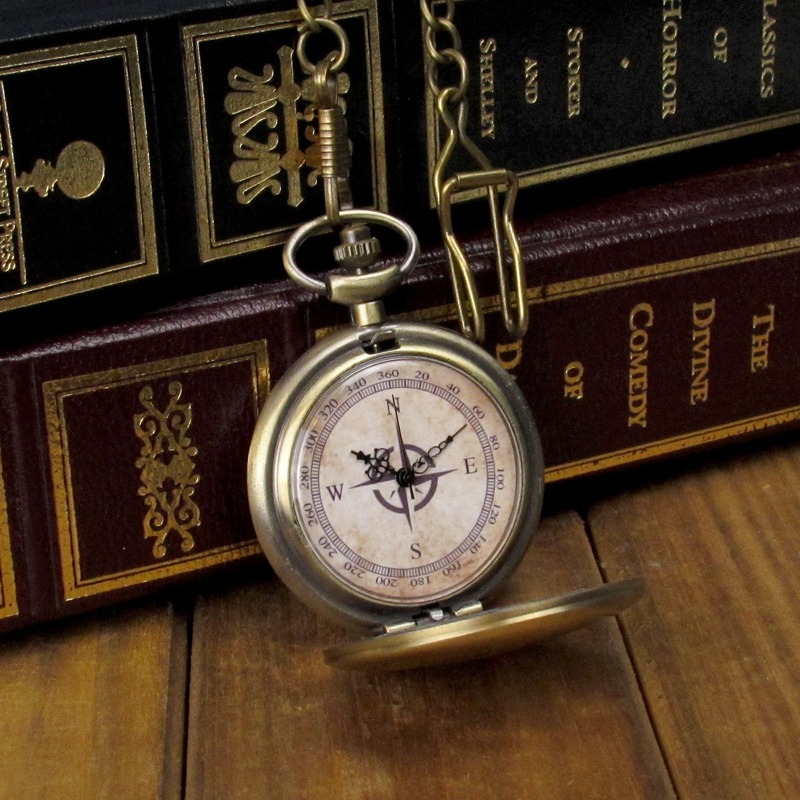
Choosing the Right Pocket Watch Compass for Your Needs
Choosing the right pocket watch compass requires attention to detail. Here are key considerations:
- Purpose of Use: Define what you will use it for. Is it for actual navigation, for collection, or as a fashion statement? Your purpose will guide your choice.
- Material and Build: Look for materials that suit your needs. If you value durability, consider brass. For elegance, maybe silver or gold.
- Accuracy and Reliability: Ensure the compass is accurate. This is crucial if you plan to use it for navigation.
- Size and Portability: Choose a size that fits well in your pocket. It should be easy to carry on your adventures.
- Design and Aesthetics: Select a design that appeals to you. It should reflect your style and preferences.
- Features and Extras: Some have additional features like waterproofing or glow-in-the-dark markings. Decide if these are important for you.
- Budget: Pocket watch compasses come in various price ranges. Set a budget and find the best option within it.
Make sure to handle each compass before buying if possible. This will ensure you are comfortable with its feel and functionality. Pairing these tips with your personal interests will help you find the perfect pocket watch compass.
Care and Maintenance of Pocket Watch Compasses
Caring for your pocket watch compass is vital for its longevity and function. Here are some useful tips for maintenance:
- Regular Cleaning: Gently wipe your pocket watch compass with a dry, soft cloth. This removes dust and prevents build-up.
- Avoid Moisture: Keep it away from water unless it’s waterproof. Moisture can damage the internal mechanisms and reduce accuracy.
- Storage: Store in a cool, dry place. A soft pouch or case will protect it from scratches.
- Handling with Care: Be careful not to drop or knock your compass as this can misalign the magnetic needle or damage the watch mechanism.
- Servicing: Have it serviced by a professional every few years. They can check the accuracy and perform any necessary repairs.
- Magnetic Fields: Keep away from strong magnetic fields. They can interfere with the compass’s ability to properly align with the Earth’s magnetic field.
Following these tips will help ensure your pocket watch compass remains a reliable companion on your travels or a valuable piece in your collection.
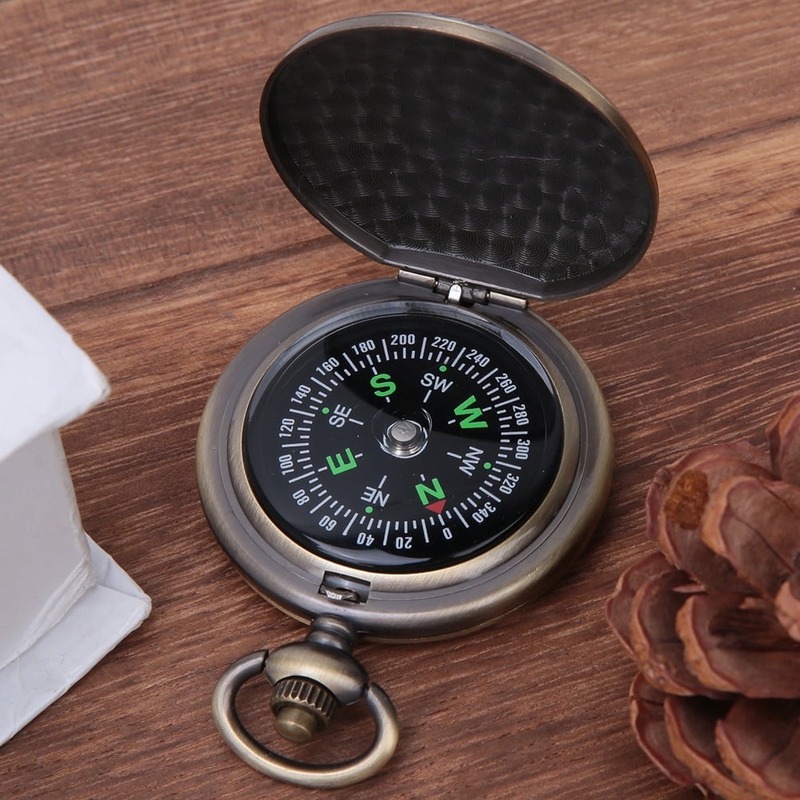
While technology has advanced, the pocket watch compass holds its ground in modern navigation. Despite the rise of GPS systems and digital maps, the elegance and reliability of pocket watch compasses make them more than just artifacts – they are tools that can still have practical uses today.
Backup Navigation: For enthusiasts of the outdoors, a pocket watch compass serves as a dependable backup. Should digital devices fail, it continues to provide direction.
Educational Tools: Pocket watch compasses are excellent for teaching the principles of navigation. They explain how travelers found their way before satellites.
Cultural Heritage: They remind us of past achievements in exploration. Some use them to stay connected with the history of navigation.
Collector’s Delight: Modern navigators also appreciate them as collectibles. Their design and functionality tell a story worth preserving.
Fashion Statement: They can be a fashion accessory. Wearing one signals a nod to the blend of tradition and adventure.
Survival Situations: In survival scenarios, their independence from batteries and signals is crucial. They offer peace of mind to adventurers who traverse remote areas.
In this digital age, the pocket watch compass is a tribute to human innovation. It’s a tool that celebrates where we’ve been and complements where we’re going.
Collecting Antique Pocket Watch Compasses
Collecting antique pocket watch compasses is a unique hobby. It connects collectors with a bygone era. Here are tips to get started:
- Research Historical Context: Learn about their history. Find out when and how they were used.
- Identify Authentic Pieces: Look for genuine antiques. Check for manufacturer marks and production dates.
- Assess Condition: Examine the compass for wear and damage. A well-preserved piece is more valuable.
- Understand Value: Not all antiques are equally valuable. Rarity and originality often drive up the price.
- Consult Experts: Speak with experienced collectors or dealers. They offer insights on what to look for.
- Attend Auctions: Auctions can be great places to find authentic pieces. Be ready to bid.
- Join Communities: Online forums and clubs can help. Connect with others who share your interest.
- Maintain Your Collection: Keep your antique compasses in good condition. Follow careful maintenance practices.
When collecting, patience is key. Building a meaningful collection takes time. Choose pieces that speak to you and enjoy the journey of collecting.
